Add Start Date
mm
/
dd
/
yyyy
Frederick Douglass National Historic Site
The Frederick Douglass National Historic Site preserves the home and legacy of Frederick Douglass, a runaway slave, abolitionist, civil rights advocate, author and statesman.
Born into slavery, Douglass escaped to spend his life fighting for justice and equality for all people. His life was a testament to courage and persistence, serving as an inspiration to all those who struggle for the cause of liberty and justice. Visitors to the site learn about his efforts to abolish slavery and his struggle to ensure the basic rights of all Americans.
The Douglass site covers 8.5 acres known as Cedar Hill, an area that includes the main house, gardens and an extensive collection of personal effects that both captivate and educate visitors about Douglass and his family.
Douglass moved to Cedar Hill in 1877 and lived there for 18 years. During that time, he served as U.S. Minister to Haiti and U.S. Marshal for the District of Columbia, continuing to write about and speak out for human rights and equality until his death on February 20, 1895.
A highlight for many visitors is a reconstruction of Frederick Douglass' "Growlery." It was a one room building with a stove, bed, and desk where Douglass could retreat to work and "growl" when he was in the mood.
Another popular draw to the site is The Douglass Library Collection. The collection includes books, monographs, pamphlets, serials, record books, bound government documents, rare photograph albums, and two bound volumes of The North Star, an abolitionist newspaper that Douglass published himself. Many volumes are signed by Douglass or bear his personal bookplate.
Visitors to Cedar Hill won't be disappointed by this historic site honoring the legacy of one of the most famous 19th century African Americans.
The Frederick Douglass National Historic Site preserves the home and legacy of Frederick Douglass, a runaway slave, abolitionist, civil rights advocate, author and statesman.
Born into slavery, Douglass escaped to spend his life fighting for justice and equality for all people. His life was a testament to courage and persistence, serving as an inspiration to all those who struggle for the cause of liberty and justice. Visitors to the site learn about his efforts to abolish slavery and his struggle to ensure the basic rights of all Americans.
The Douglass site covers 8.5 acres known as Cedar Hill, an area that includes the main house, gardens and an extensive collection of personal effects that both captivate and educate visitors about Douglass and his family.
Douglass moved to Cedar Hill in 1877 and lived there for 18 years. During that time, he served as U.S. Minister to Haiti and U.S. Marshal for the District of Columbia, continuing to write about and speak out for human rights and equality until his death on February 20, 1895.
A highlight for many visitors is a reconstruction of Frederick Douglass' "Growlery." It was a one room building with a stove, bed, and desk where Douglass could retreat to work and "growl" when he was in the mood.
Another popular draw to the site is The Douglass Library Collection. The collection includes books, monographs, pamphlets, serials, record books, bound government documents, rare photograph albums, and two bound volumes of The North Star, an abolitionist newspaper that Douglass published himself. Many volumes are signed by Douglass or bear his personal bookplate.
Visitors to Cedar Hill won't be disappointed by this historic site honoring the legacy of one of the most famous 19th century African Americans.
No specific booking information available at this time. Please continue to monitor this page for status updates on ticket releases.
No refunds once tour starts. See Facility Rates for fees.
1411 Washington DC 20020
202-426-5961
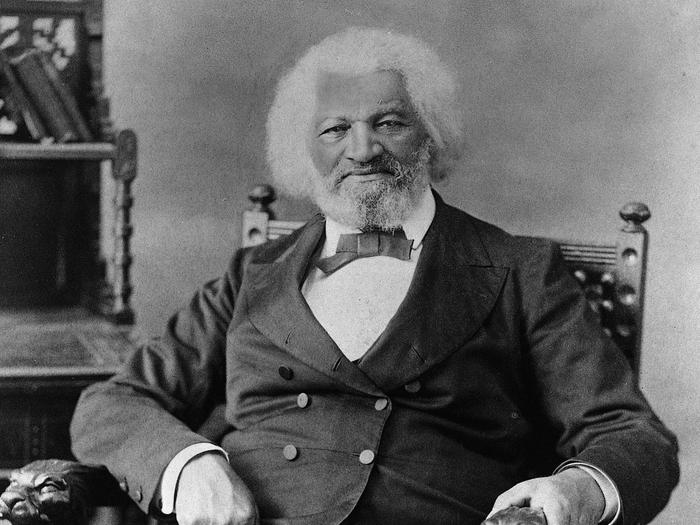

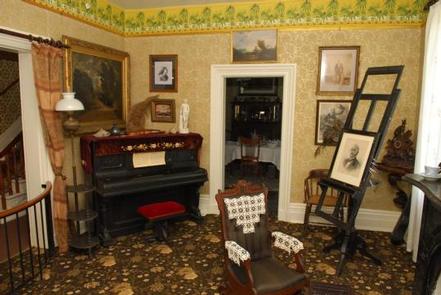
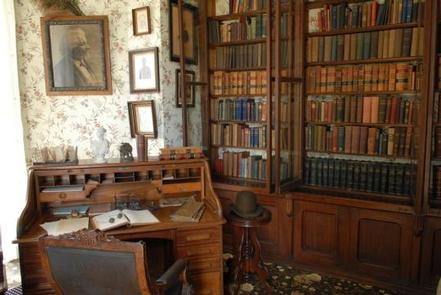
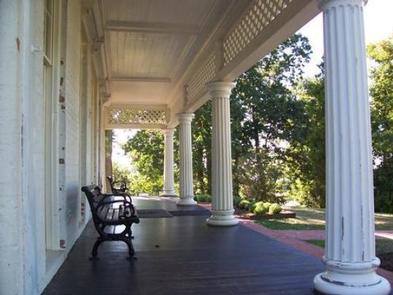
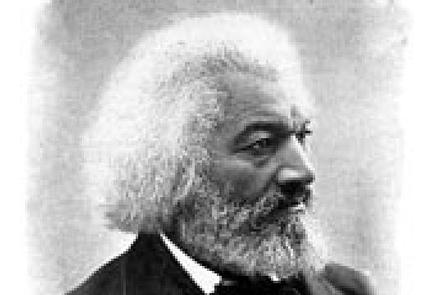
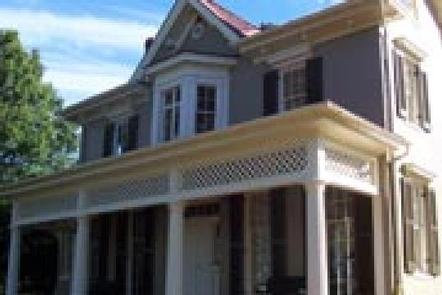

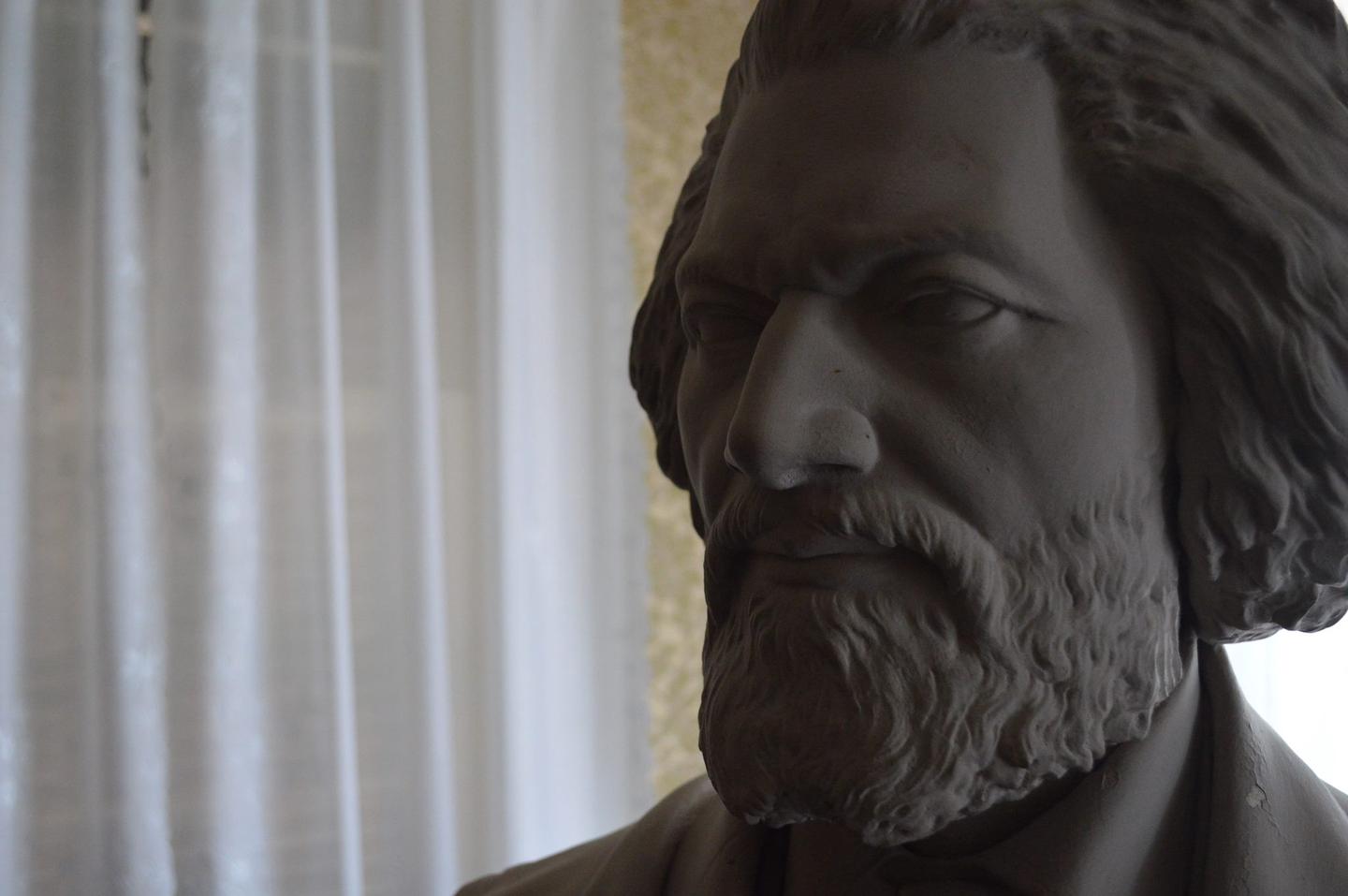
Recreation.gov is your gateway to explore America's outdoor and cultural destinations in your zip code and across the country. We provide tools and tips to discover new adventures through a one-stop shop for inspiration and ideation, trip planning, information sharing, and reservations. Find incredible places and experiences that help you bring home a story through Recreation.gov!